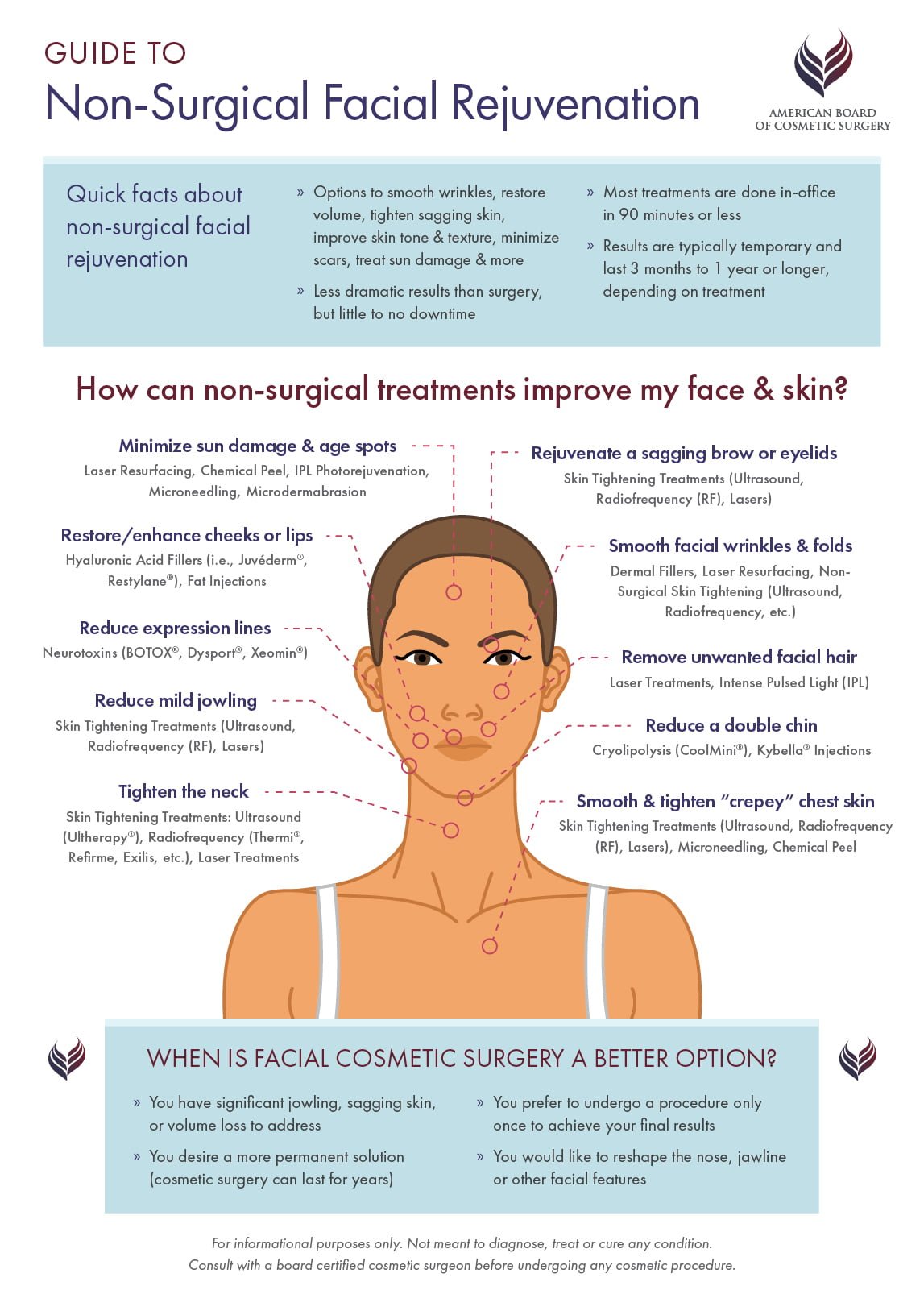Baking Soda For Acne Is It Safe
Baking Soda For Acne Is It Safe
Blog Article
Acne Scars and Post-Acne Care
Acne scars and dark marks can continue to be even after the imperfection itself has cleared. Yet there are lots of natural, non-prescription and clinical treatments that can lower their appearance.
Ice pick scars are small indentations that resemble pinpricks; rolling scars have a wave-like appearance and shallow depth; boxcar scars have clear edges; hypertrophic scars are raised bumps. Treatments consist of skin needling, where your medical professional rolls a needle-studded tool over the skin; and medical excision, when a medical care specialist remove deep marks.
1. Scrub
Acne marks discolor best when they aren't covered with dead skin cells. Peeling eliminates the accumulation and enables fresh skin cells to come to the surface. It also makes acne scars much less recognizable.
A dermatologist can advise peeling approaches for your certain skin kind. Dry skin may take advantage of exfoliation with scrubs or other mechanical methods, while oily skin might require a chemical peel. Those with darker complexion require to be cautious utilizing stronger chemical treatments, as they can create dark places and level of sensitivity.
If you have acne scars, avoid picking or squeezing at them, which can make them even worse. Swelling triggered by inflammation enhances the chance of scarring. Picking can leave ice-pick marks, which are slim imprints with a point at the end. You can also obtain boxcar marks, which are imprints with larger edges. You can additionally create hypertrophic or keloid marks. These are increased bumps of scar tissue that can be scratchy and excruciating.
2. Hydrate
After completing your acne treatment, maintaining skin clear and healthy and balanced needs a constant skincare regimen that secures from breakouts and reduces post-acne marks. This consists of a mild cleanser and moisturizer, non-comedogenic products that do not block pores, and avoiding foods that irritate skin or trigger acne flare-ups.
Utilizing a lightweight, non-comedogenic moisturizer with active ingredients like hyaluronic acid and glycerin can assist hydrate skin while additionally boosting skin structure and promoting recovery. Try to find a product that is formulated without scent or parabens.
A product that targets lingering acne marks with active ingredients such as skin-brightening tranexamic acid and bakuchiol can enhance dark spots or irregular tone triggered by inflammation. It gently resurfaces the skin while smoothing rough and distinctive locations. A product that incorporates a retinoid and a plant-based retinol choice can likewise improve the look of deeper marks while concurrently targeting existing blemishes and preventing future outbreaks.
3. Conceal
Once your acne marks heal, you can conceal them with make-up and a concealer. Just see to it you're only applying the item over scars that are totally healed (not fresh ones), states Sotomayor. After that, complete microneedling near me your look with a vibrant lip color or declaration great smoky eyeshadow for optimal impact.
When it involves selecting a foundation or colored moisturizer, it is necessary to choose one that is noncomedogenic and oil-free. This will assist keep your skin clear and stop the blocking of pores that can bring about brand-new breakouts.
The exact same goes for picking a concealer. Search for a formula that supplies full insurance coverage however still feels lightweight and blendable on the skin. Also, when concealing indentations from acne marks, it's a good concept to find a shade that matches your natural complexion (instead of a color lighter or darker). This will aid hide the indents more effectively. This beneficial balm is an excellent choice for lightening up and lightening post-inflammatory hyperpigmentation, which can be triggered by acne or various other inflammatory skin problem. It has moisturizing panthenol, softening shea butter and strengthening peptides that minimize soreness and scaly appearance.
4. See Your Dermatologist
The marks that form from serious acne often need therapy by a physician or skin doctor. Before that can take place, though, an individual must have their acne in control. This includes not choosing or pressing acne spots, and utilizing gentle cleansers and water-based non-comedogenic products that will not clog pores.
If drugstore cleansers and place treatments aren't clearing your skin, timetable an appointment with a skin specialist. The skin doctor can suggest various other therapies that help remove your skin without drying it out or bothersome it.
A dermatologist can additionally deal with other type of post-acne marks, consisting of dark spots that are a kind of hyperpigmentation called PIH (post-inflammatory hyperpigmentation). A topical retinoid like adapalene can noticeably lighten these marks and fade them swiftly. For various other types of scars, the medical professional can suggest a much more extensive treatment. This could consist of microdermabrasion or chemical peels off that are done right in the workplace. Depending on the intensity of your scars, these treatments might require to be repeated.